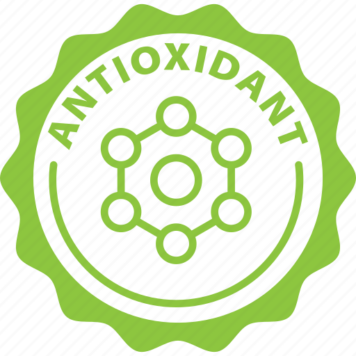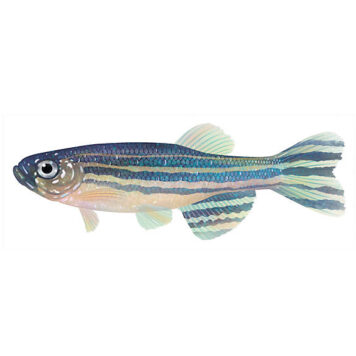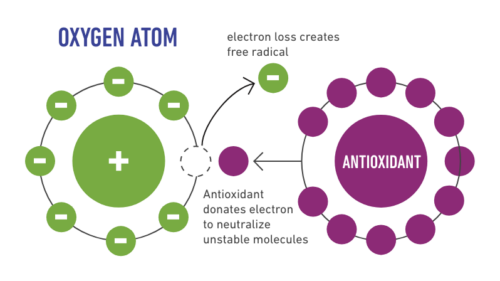Background:#nbsp;The balance between oxidation and anti-oxidation is believed to be critical in maintaining healthy biological systems. However, our endogenous antioxidant defense systems are incomplete without exogenous antioxidants and, therefore, there is a continuous demand for exogenous antioxidants to prevent stress and ageing associated disorders. Nanotechnology has yielded enormous variety of nanomaterials (NMs) of which metallic and carbonic (mainly fullerenes) NMs, with redox property, have been found to be strong scavengers of ROS and antioxidants in preclinical in vitro and in vivo models.
Scope of review:#nbsp;Redox activity of metal based NMs and membrane translocation time of fullerene NMs seem to be the major determinants in ROS scavenging potential exhibited by these NMs. A comprehensive knowledge about the effects of ROS scavenging NMs in cellular antioxidant signalling is largely lacking. This review compiles the mechanisms of ROS scavenging as well as antioxidant signalling of the aforementioned metallic and fullerene NMs.
Major conclusions:#nbsp;Direct interaction between NMs and proteins does greatly affect the corona/adsorption formation dynamics but such interaction does not provide the explanation behind diverse biological outcomes induced by NMs. Indirect interaction, however, that could occur via NMs uptake and dissolution, NMs ROS induction and ROS scavenging property, and NMs membrane translocation time seem to work as a central mode of interaction.
General significance:#nbsp;The usage of potential antioxidant NMs in biological systems would greatly impact the field of nanomedicine. ROS scavenging NMs hold great promise in the future treatment of ROS related degenerative disorders.
Related researches 23 articles























